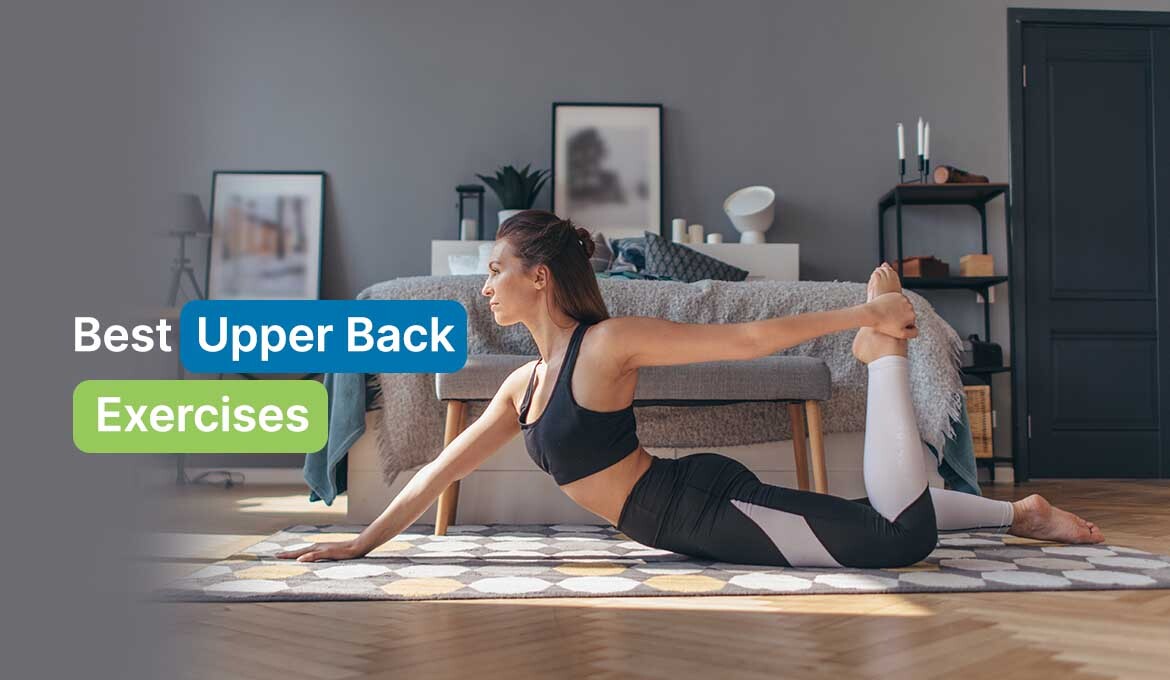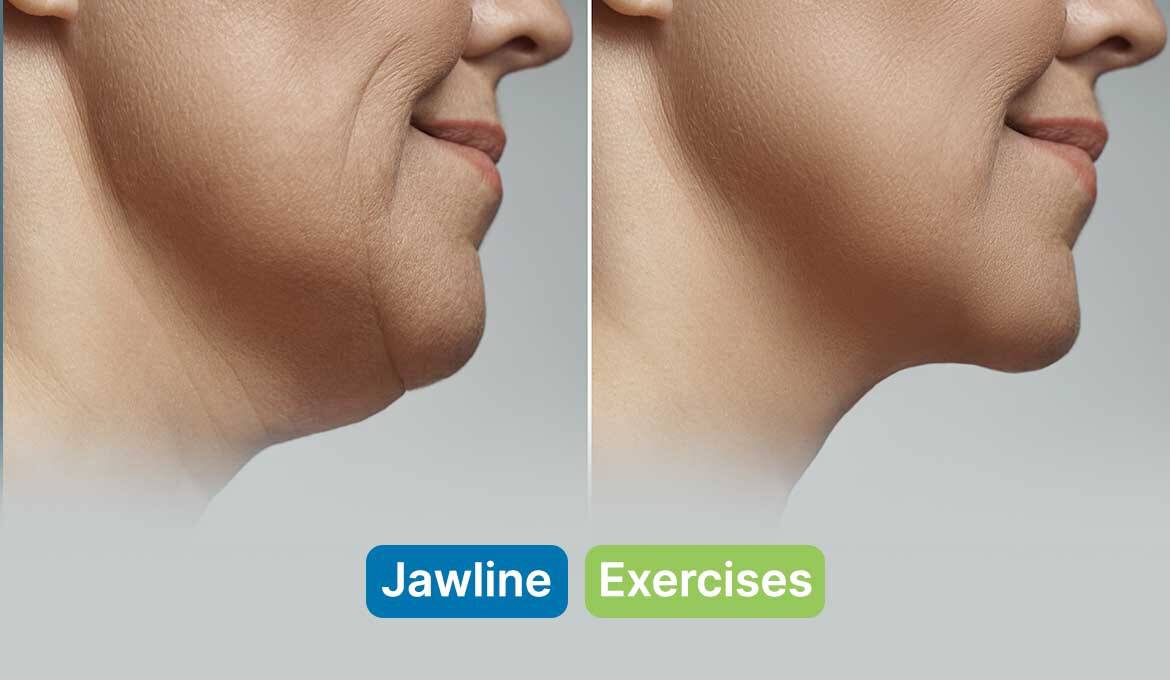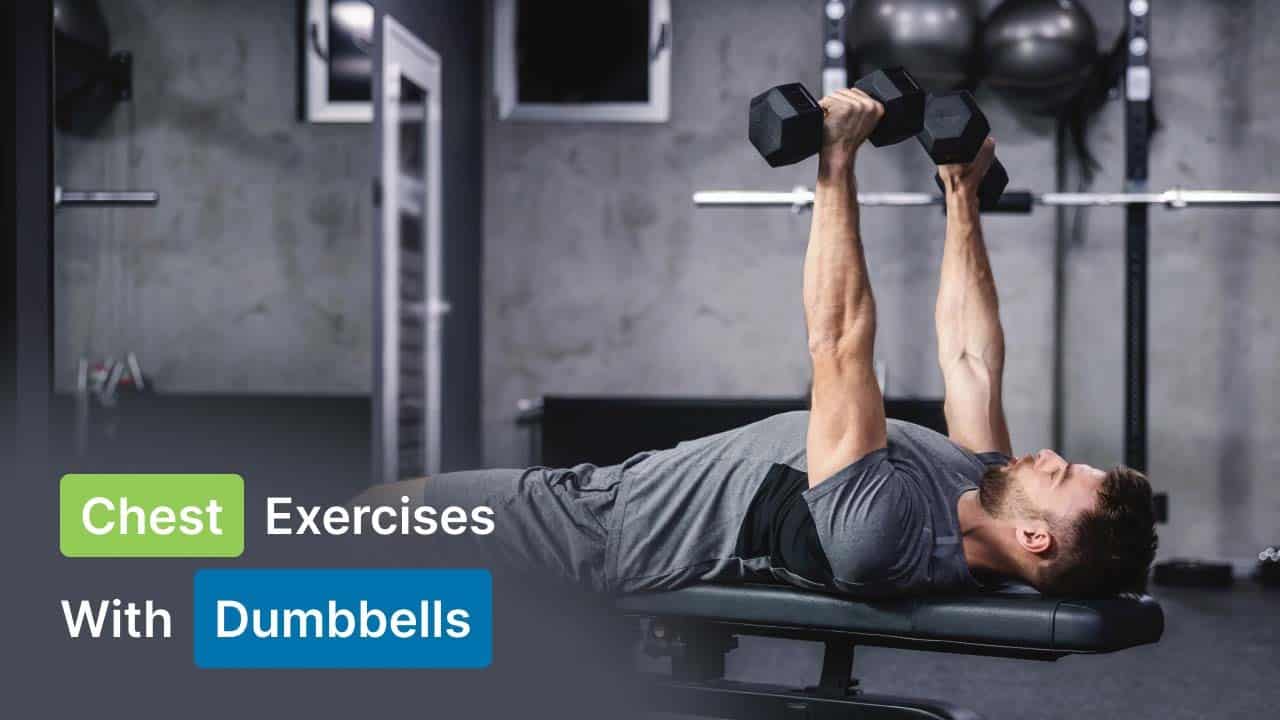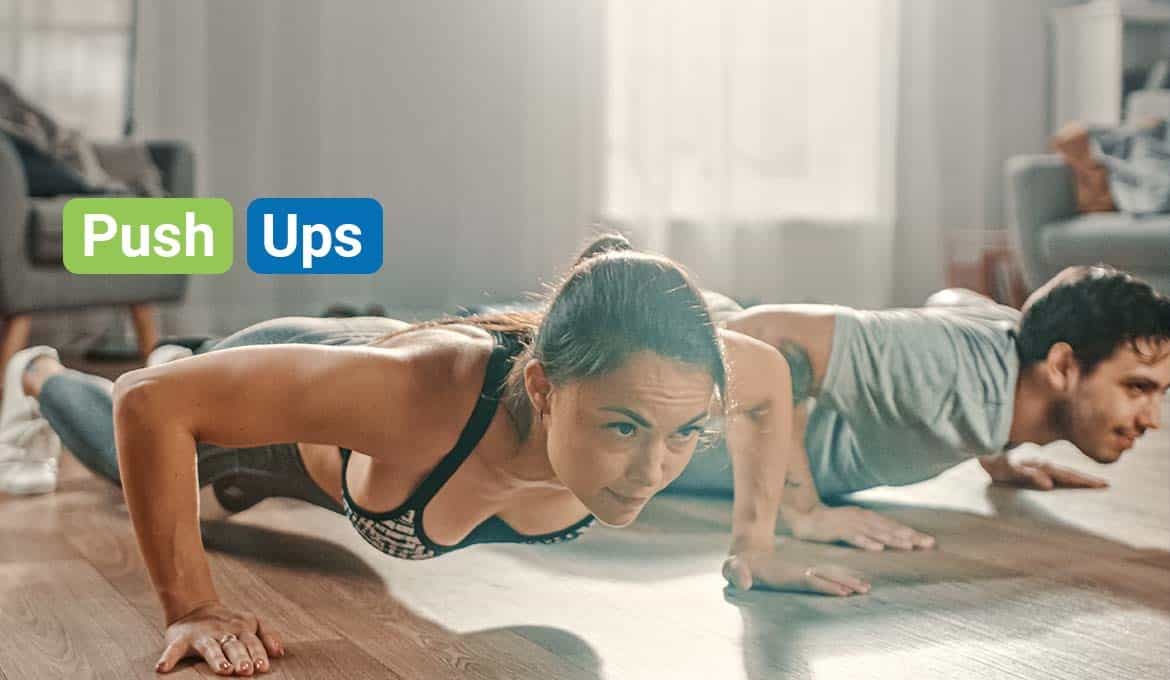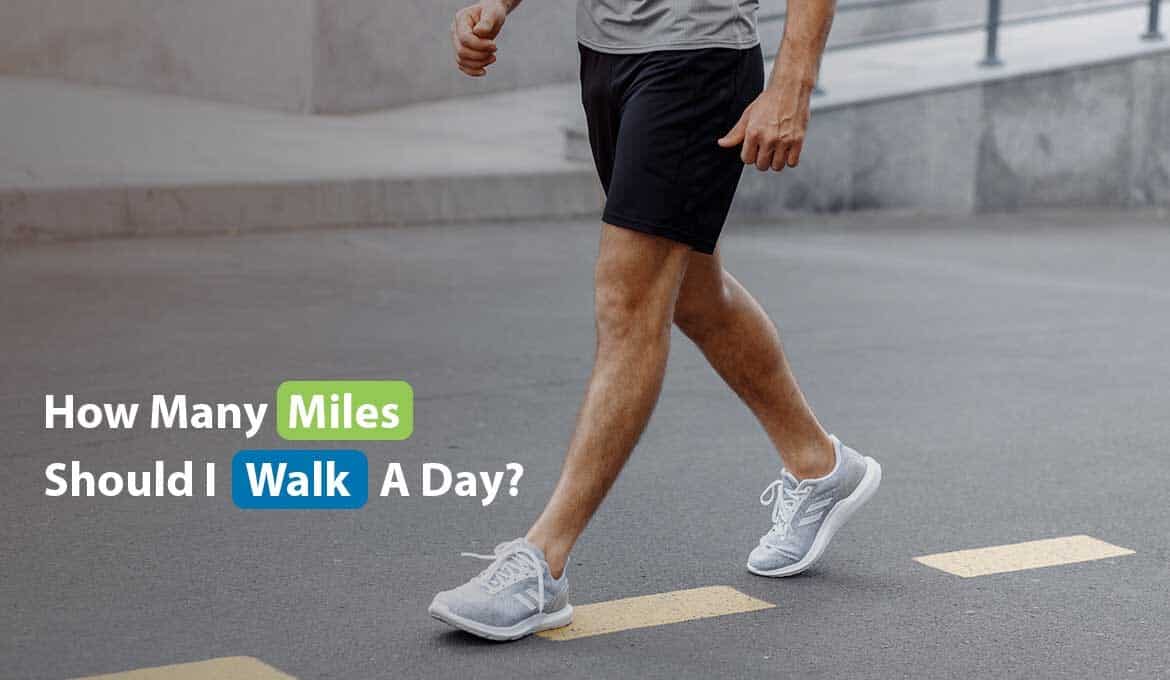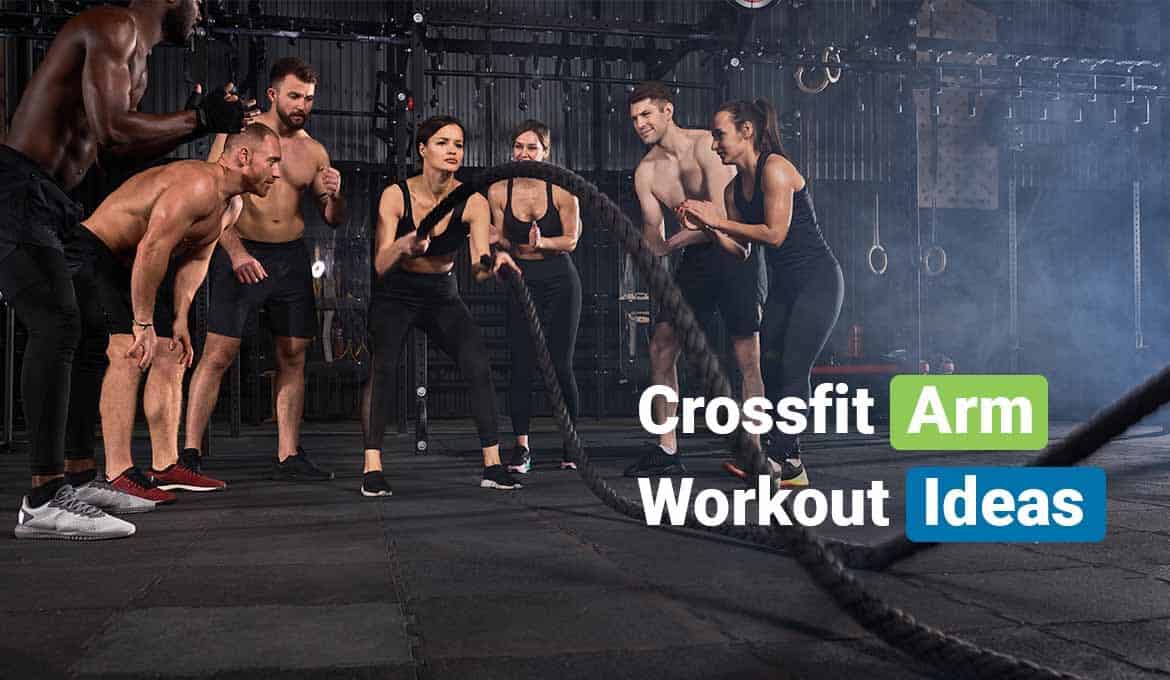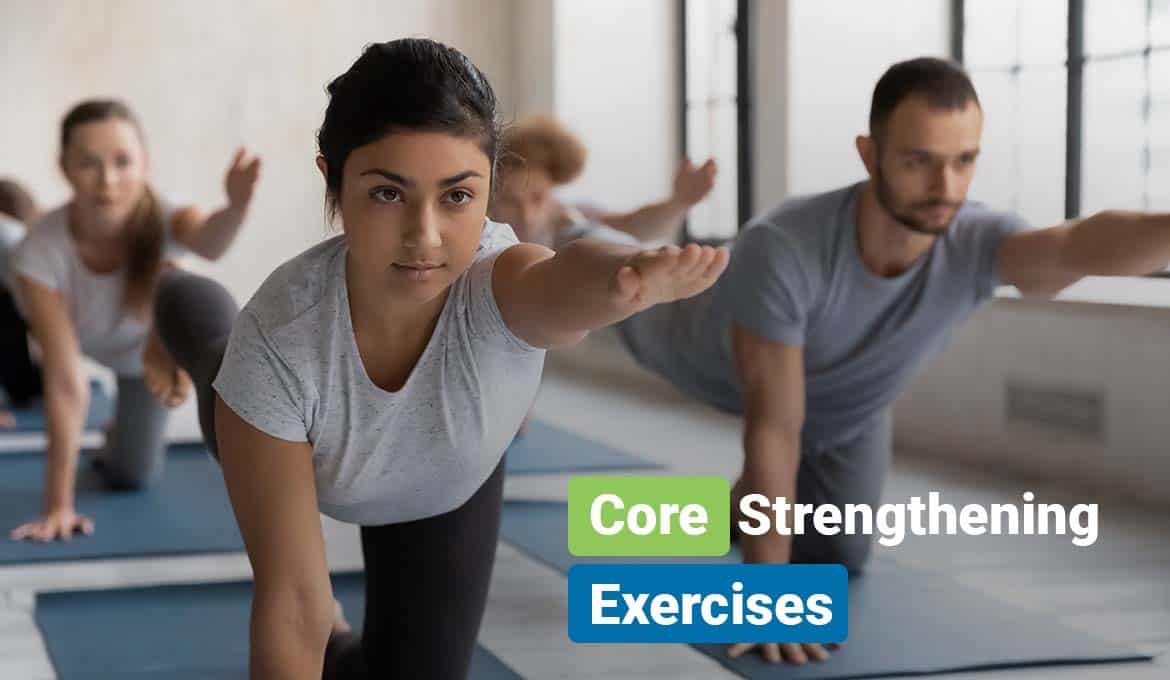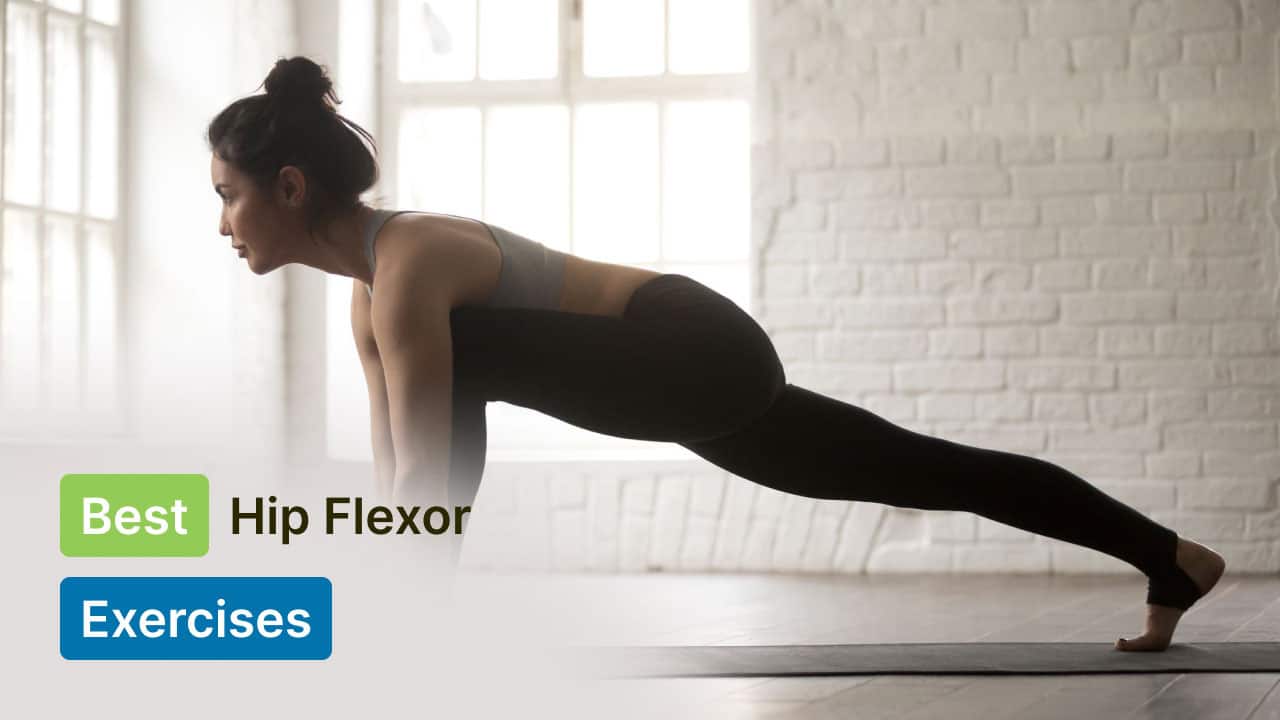
Do you feel back pain often while working? Is your posture not good enough? Do you feel sudden pain while running in the nearby park?
If so, now is the time to pay attention to strengthening your hip flexors.
Hip flexors are basically a bundle of muscles that play an important role in maintaining a strong and flexible lower body. What do these muscles do?
They help you to lift your knees, bend at the waist, and stabilize your pelvis during various movements like running and walking.
However, due to our sedentary lifestyles and prolonged sitting, many individuals suffer from weak or tight hip flexors, which can lead to discomfort, pain, and hindered physical performance.
According to the World Health Organization (WHO), nearly 80% of people worldwide lead sedentary lifestyles, contributing to various health problems, including hip flexor issues.
It's also estimated that 80% of people will experience lower back pain at some point in their lives.
As a result, it's important to get ourselves back in shape. But what is a hip flexor? What are the best exercises you can do to strengthen your hip flexor?
This blog provides a detailed explanation of the 10 best hip flexor exercises to build strength. Try including them in your daily fitness routine to avoid muscle strains or discomfort.
What is a Hip Flexor?
A hip flexor is simply a group of muscles responsible for flexing the hip and connecting the leg to the upper body.
In other words, a person's hip flexors are the muscles around the ball and socket joints that connect the legs to the upper body. The psoas major and iliacus are the foundational parts of the hip flexor and are collectively called the iliopsoas.
You should keep the hip muscles well-stretched and strong in order to avoid strains and prevent existing injuries from getting worse.
Importance Of Hip Flexor Exercises
A recent study published in the Journal of Orthopaedic and Sports Physical Therapy showed that hip flexor exercises help improve hip function and minimize lower back pain.
Thirty minutes of daily exercise is all you need for a healthy and active lifestyle.
When it comes to hip flexors, strengthening exercises are equally important to avoid unwanted injuries and pain. A person may experience severe back, hip, and knee pain if they have weak hip flexor muscles.
Moreover, a lack of hip flexor strength can cause issues related to hip and knee alignment. This increases the risk of certain injuries, such as pinched nerves and strained quads.
Let's take a closer look at the top benefits hip flexor exercises can bring:
i). Improved posture
Good posture is highly important to look confident. Weak hip flexors can lead to poor posture, as they play a vital role in stabilizing the pelvis and lower spine. Strengthening these muscles can help you maintain a more upright and balanced posture.
ii). Reduced risk of injury
Strong hip flexors provide better support to your lower back and pelvis, reducing the risk of injuries, especially in these areas. By maintaining their strength with the help of hip flexor stretches you can avoid common problems, including lower back pain.
iii). Enhanced athletic performance
Many athletic activities, like running, cycling, and dancing, rely heavily on the flexibility and strength of hip flexors. Thus, having stronger hip flexors can improve your performance in these activities.
iv). Increased mobility
Stiff hip flexors can limit your Range of Motion (ROM). As a result, regular hip flexor exercises can increase your mobility, making daily movements easier and more comfortable.
Best Hip Flexor Exercises To Build Strength
Typically, there are many exercises, but here's a list of common hip flexor exercises you can try from the comfort of your home.
Remember to warm up for five minutes before you start any exercise, and perform these exercises properly for maximum effectiveness.
1. Straight-Leg Raise
Straight-leg raise is one of the most common exercises for improving hip mobility and stability. It's considered the beginner-friendly yet most effective hip flexor stretch. This gentle move targets the hip flexors and the core muscles. It also gives the lower body a good workout.
Here's how to perform a straight-leg raise exercise:
- Start by lying on your back on the floor with your legs straight and hands under your hips or by your sides.
- Bend your left knee at a 90-degree angle with your left foot on the floor.
- Tighten your lower stomach as you lift the leg up so that the thigh aligns with the opposite bent knee.
- Hold it for two to five seconds.
- Breathe out and slowly lower your opposite leg to the starting position.
- Do 10-15 reps on each leg.
Note: You can also do this by lifting both legs instead of one.
2. Seated Butterfly Stretch
As the name suggests, this exercise looks exactly like a butterfly. It is a type of exercise that stretches the hips, thighs, and lower back altogether. It is easy to do and can be done while sitting.
Here's how to do this hip flexor stretch:
- Sit straight on the ground or mat with your feet together and your knees bent out to the sides.
- Keep your hands on your feet.
- Lean a little forward and slowly push your elbows opposite to your thighs.
- Hold for 20-30 seconds and inhale deeply.
- Repeat 3-5 times for better outcome.
3. Pigeon Pose
The pigeon pose is usually popular among yoga exercises. It is also known as Eka Pada Rajakapotasana. This exercise provides hips with a deep stretch and is quite tricky to do. It loosens up your hip flexors, outer hip, and glutes.
Here's how to perform the tricky pigeon pose:
- Start by getting in a tabletop position on all fours. Position yourself as though you are doing a push-up.
- Then, bring your right knee forward and place it in line with your right hand. Make sure your right ankle is towards your left wrist.
- Move the extended left leg as far as possible.
- Don't forget to lower your hips to the ground to feel the stretch in your hip flexor.
- Hold for 20-30 seconds on each side.
4. Bridge Pose
The Bridge pose is another well-known yoga exercise. Practicing this exercise will strengthen your gluteal muscles and lengthen the hip flexors.
To perform this exercise:
- Lay down on the floor mat with your arms laid flat on either side.
- Then, pull your feet toward the buttock and keep your soles flat on the floor.
- While squeezing your glutes, press into your heels and lift your hips off the floor toward the ceiling. You must feel this in your glutes and hamstrings and not your lower back.
- Hold on to the position for 5-10 seconds before returning to the starting point.
- Repeat the stretches for 7-10 times.
- Don't forget to keep breathing in and out!
5. Lunges
Lunges are commonly known exercises for training legs, be it walking or jumping lunges.
A walking lunge, also known as a static split squat, develops strength throughout the hip flexors and major muscles in the lower body, including your calves and quads.
Jump lunges are helpful in improving the power and performance of the lower body.
Here’s how to lunges:
- Start by standing straight with your feet hip-width apart.
- Set your hands free on either side of the body.
- Take a big step forward with one foot and lower your body until both knees are bent at a 90-degree angle.
- Push off the forward foot to return to the starting position.
- Do 3 sets of 12-15 repetitions on each leg.
6. Mountain Climbers
As the name suggests, mountain climbing is a type of exercise that a person does from a plank-like position. It's like a mountain climber working on a wall; you are using the hip flexors and abs to “climb.”
This stretch also helps burn calories and improves cardiovascular functions.
How to do it:
- Get into a push-up position. Your body should be in a straight line from the top of your head to your heels.
- Keep your hands firmly attached to the ground.
- Pull your left leg towards your chest while keeping your toes off the ground, alternating with your right leg.
- Return to the starting position and repeat with the other leg.
- Make sure to switch legs in a running motion quickly.
- Continue this exercise for 30 to 60 seconds.
7. Squats
Squats are great exercises for hip flexor strengthening. They are commonly popular because they offer flexibility. This means you can simply adjust according to your fitness needs.
Here's how to do a squat:
- Begin in a standing position with feet partially spread apart and hands to the side.
- Bend your knees at a 45-degree angle and push your buttocks towards the back.
- Go down until the legs are slightly parallel to the ground.
- Make sure to keep your knees in line with your feet.
- Don't forget to keep the stomach tight throughout and guide your arms up to chest level.
- Repeat this process for 15 to 20 times.
8. Clamming
The clamming exercise, also called clam shell, is popular among dancers. This is because they require strong muscles to help them with rotation. That means it can certainly help strengthen your hip flexors.
Further, it relieves tightness due to weakness. Clamming is also widely used in physiotherapy to help with back pain as it reduces the pain by strengthening the core and lower back muscles.
How to perform clamming:
- Lay down on your side with legs piled up on top of each other and partially bent at the knee.
- Keep the top knee open so as to point at the top ceiling.
- Make sure to keep the feet packed together and not to roll backward the lower hip.
- Now close your leg.
- Perform the rep for 10-15 times by switching sides.
9. Psoas hold
The Psoas hold is an exercise that targets the deep hip flexor muscle, the psoas. This hip flexor stretch helps improve stride length and minimize the risk of injury, offering a double benefit.
- Start from a standing position.
- Bend your left knee and bring your upper leg upward.
- Balance on your right foot while maintaining your left knee and thigh at hip level for 30 seconds.
- Then, lower your left leg slowly, then switch to your opposite leg.
10. Sit-ups
Sit-ups are a classic core exercise among workers. Doing sit-ups can greatly improve and strengthen your lower and abdominal muscles. They also promote good posture by working your lower back and gluteal muscles.
A recent National Library of Medicine study has shown that sit-ups activate the hip flexor muscles as much as they do the abdominal muscles. So, if you really want to strengthen your hip flexors without much effort, sit-ups are a must-do exercise.
How to do it:
- Simply lie on your back. Bend your knees with your feet flat on the ground.
- Gently hold the back of your head with your hands in a comfortable position.
- You can also cross your arms over your chest more comfortably.
- Gently bend your hips and waist to raise your body off the floor.
- Then, lower your upper body to the floor into the starting position.
- Perform 15-20 reps.
Note: Start gradually, and don't pressurize yourself. If you have any pre-existing conditions or injuries, don't forget to consult a healthcare professional or fitness expert before starting any tricky hip flexor exercise.
You May Also Like: Difference Between Health-Related and Skill-Related Fitness
Final Reflections
As we can see, taking care of your hip flexors is a necessity for overall physical well-being. If not taken seriously, they can lead to multiple discomforts in daily life.
Strengthening your hip muscles with these 10 best hip flexor exercises is a step toward a healthier and more active life. So start exercising today for a healthier tomorrow.
FAQs
- How do you strengthen weak hip flexors?
Ans. You may strengthen your weak hip flexors by doing specific exercises such as squats, straight–leg raises, lunges, and clamming stretches. Doing these hip flexor stretches for 20-30 minutes daily will strengthen your hip flexors.
- How long does it take to build hip flexor strength?
Ans. It usually takes around three to six weeks to build your hip flexor strength by doing regular exercises and stretches for 30 minutes.
- Do squats strengthen hip flexors?
Ans. Squats are the most effective way to strengthen hip flexors. Squatting for 10 minutes consistently will show quicker results than any other exercise.
- What are the 3 major hip flexors?
Ans. The three primary hip flexors are the iliacus, psoas major, and the rectus femoris. They work together to stabilize the hip and pull the thigh and torso together.
- What are the benefits of hip flexor exercises?
Ans. Hip flexor exercises can boost the strength and flexibility of your hip muscles and pelvis while walking, running, and even dancing. It also helps relieve tension and maintain core stability and good posture.
- Is cycling good for hip flexors?
Yes. Cycling can facilitate the movement of the hip flexor muscles and improve overall hip function and athletic performance.
Read Also:







